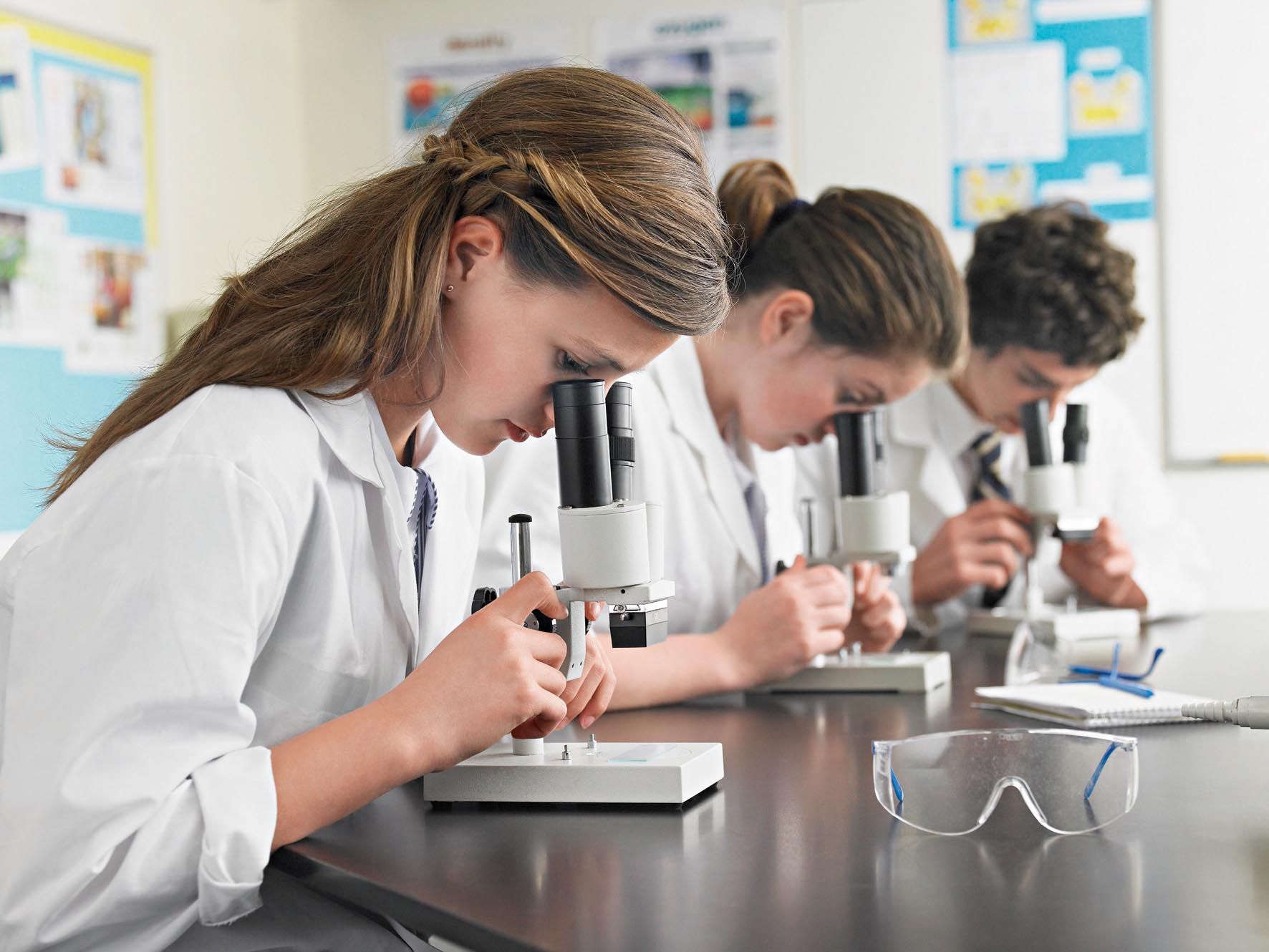
The environment has a profound impact on all living things, plants, and animals, including water, heat, light, soil, and other plants and animals.
Did you know that with some easily constructed experiments, you can see how the environment affects living things?
How Do Changes in the Environment Affect Living Things?

Ecologists have made many studies of the effects of changing environments on plant and animal life. Here is a project that will illustrate these effects dramatically.
Select a square grassy area 2 feet on a side and set markers on the corners. Carefully record the types of animals and plants which you can observe in the selected area. Next, cover a section of the grass with a board about 1 foot by 1 foot. After four days observe the life around the board and under the board. Record your observations and then carefully replace the board in the same position. Repeat your observations every four days for 24 days, recording the life that you observe under the board and around it. What changes have taken place?
You see, I carried out an observation of this type during the spring and summer. Before setting the board in place, he identified various kinds of grasses, weeds, beetles, ants, spiders and mites in the selected area. After the board was set down, the grass and weeds until it turned yellow and began to decay. Pill bugs, millipedes, earthworms and the larvae of beetles and insects were found. Various fungus growths also developed. Now, compare your observations with mine.
Observations of Changing Environments

Seashores, riverbeds, mountains, sand dunes, lakes and ponds are undergoing constant change and as they change they influence the lives of plants and animals. Perhaps some of these natural features are close enough to your home so that you can observe them.
The small bodies of water called ponds provide a particularly good opportunity to observe the changes taking place in land and water environments and the corresponding changes in plant and animal life. Ponds are formed by water filling a depression. The varieties of life that exist in the pond will depend upon the source of the water and the other kinds of life in the pond.
You will be able to distinguish between several life zones as you carry out your observations. The center of the pond, usually consisting of open water, contains plants life without roots such as algae as well as a variety of animals. As one move toward the shore, one finds a second zone in which plants are rooted and either completely or largely covered by water. A third zone, as one moves shoreward, is composed of plants that are rooted and that have floating leaves. Typical plants are water lilies. In the fourth zone, one finds plants such as cattails and bulrushes which are rooted and which extend above the water. They form the growth along the edge of the pond and provide food and shelter for various amphibious (land-and-water) animals, including muskrats.
As the pond continues to fill with sediments from plants, animals and nonliving materials deposited in the area, a swamp may result. With the continued change, the swamp will become dry land. Different plants and animals will then take over.
Life in the pond is greatly influenced by the temperature of the water. You will find it interesting to make comparisons of microscopic life in water samples from the same location at different times of the year. The following instructions will be helpful. Select several specific locations in the pond. Record the temperature of the pond water and collect samples of the water in clean bottles. Examine each sample as soon as you can. First, shake the bottle in which it is contained – this will distribute the organisms, which may have settled to the bottom. Using a medicine dropper, place a drop of water from the bottle on a microscope slide. Observe the water sample under medium power and draw a general picture of each type of living organism you observe. The area observed under the microscope is called the field. Move the slide so that you observe three different fields. Count the total number of each kind of organism that you observe in the three fields.



